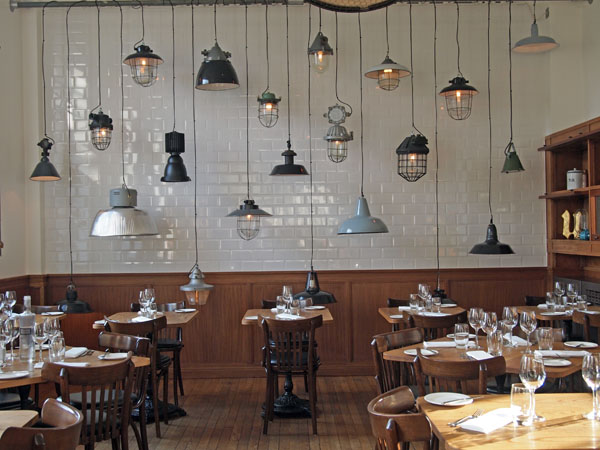Published on host. Milano. on 17th April 2015:
In London, restaurant design is surprisingly powerful in its subtlety.
Think, for example, of a restaurant with stripped back lighting, bare walls, white tiles and chrome fixtures. Who do you imagine will dine in such a restaurant? And what kind of food will be served? Now, what about a restaurant with plush banquettes, aged-wood panelling and framed paintings? Has your diner aged by a couple of decades?
As in other parts of the western world, a well designed restaurant in London might get mentions in a magazine, gain kudos in awards or even attract the right type of clientèle. Followers of restaurant psychology might even argue that the right restaurant design can increase the average spend of the diner, making restaurant design an incredibly powerful tool for the restaurateur.
Meanwhile, restaurant design in China is a wholly different ball game. Here, it’s less about the fine-tuning and more about the turnover.
Now, we’re not talking about the European restaurants in Shanghai which aspire to their international counterparts. Nor are we talking about international hotel restaurants which are inspired by a brand identity. Rather, we’re talking about restaurants for the mass market.
According to one restaurateur I spoke to last year, a successful restaurant will need to redecorate once every two or three years to maintain a sense of “newness” for its diners. A restaurant that hasn’t been redecorated for seven years or more is basically on its last legs and will have seen dwindling visitor numbers for some years.
The reason? Competition.
The number of restaurants in China is so incomprehensibly large that the only thing which distinguishes between them is that sense of newness. Here, restaurant design isn’t built to last but rather, just until its shiny edge has worn out.
